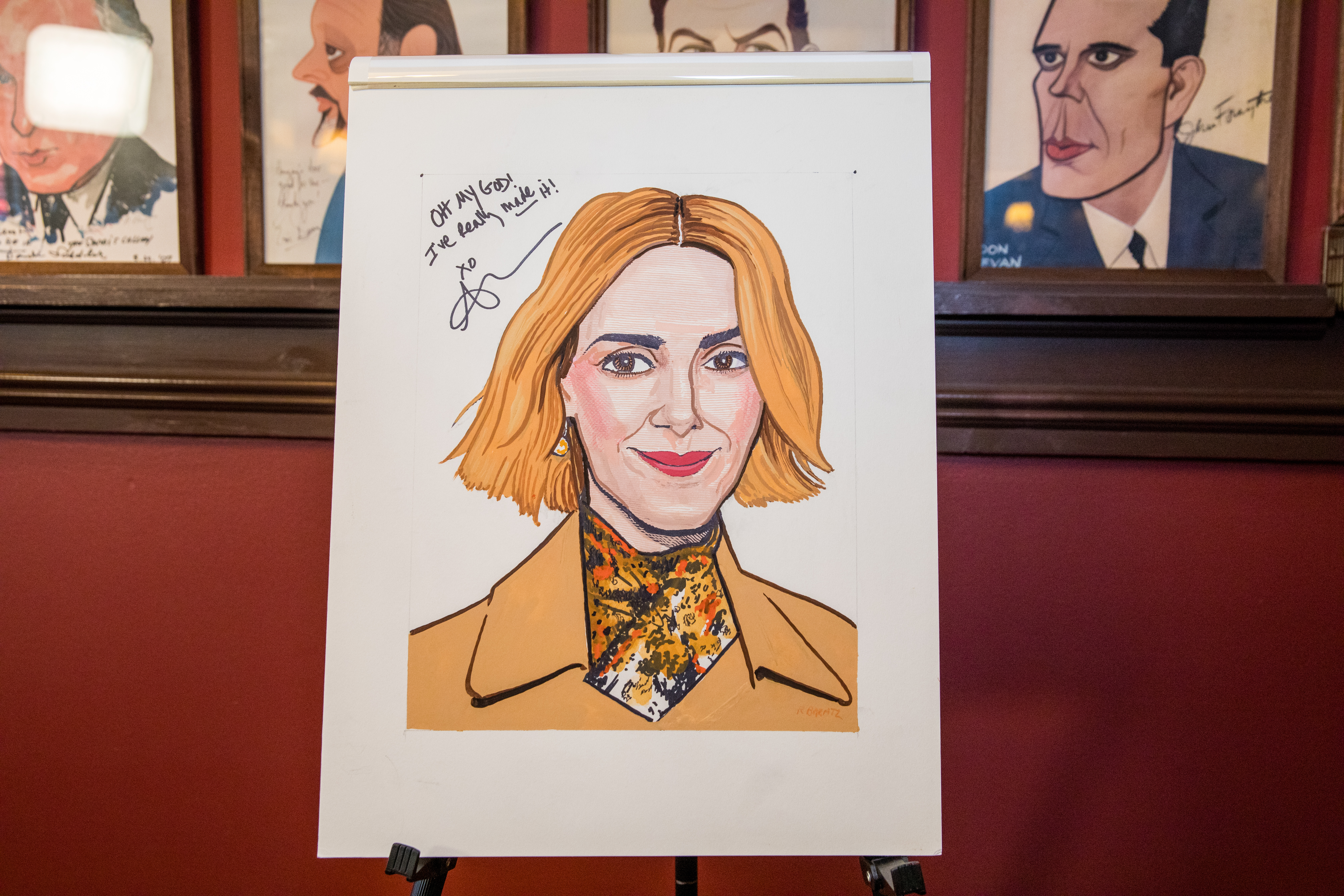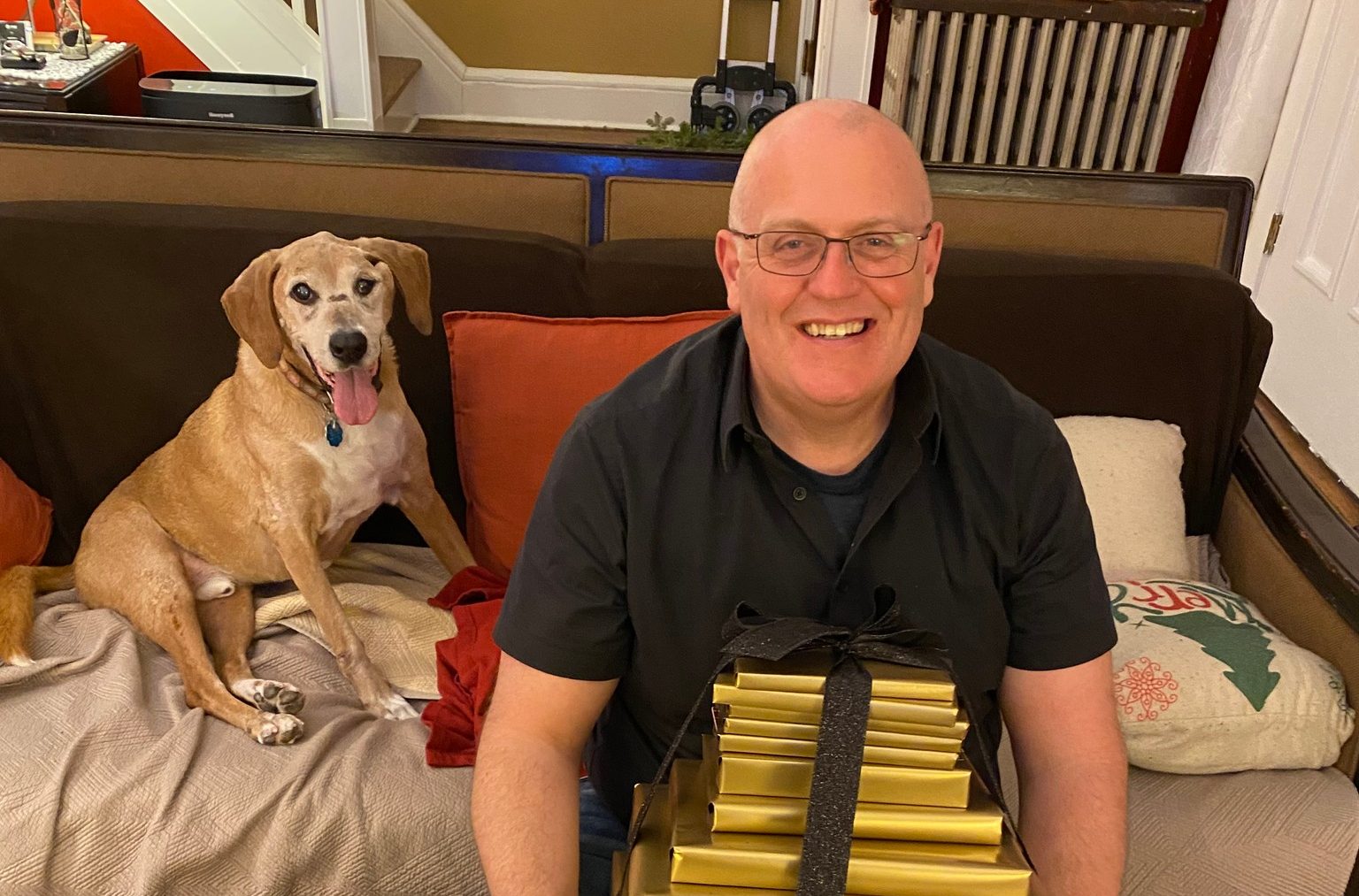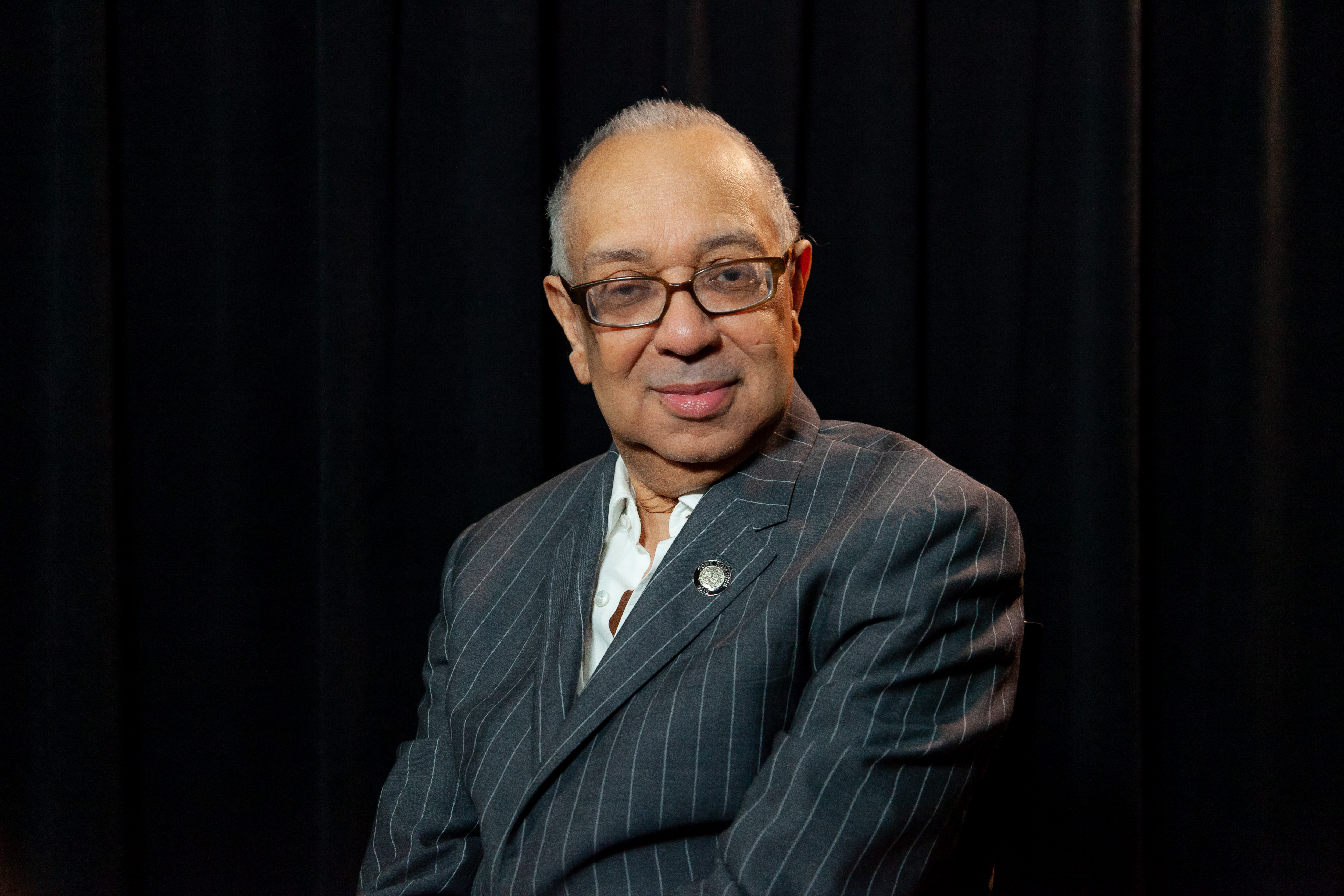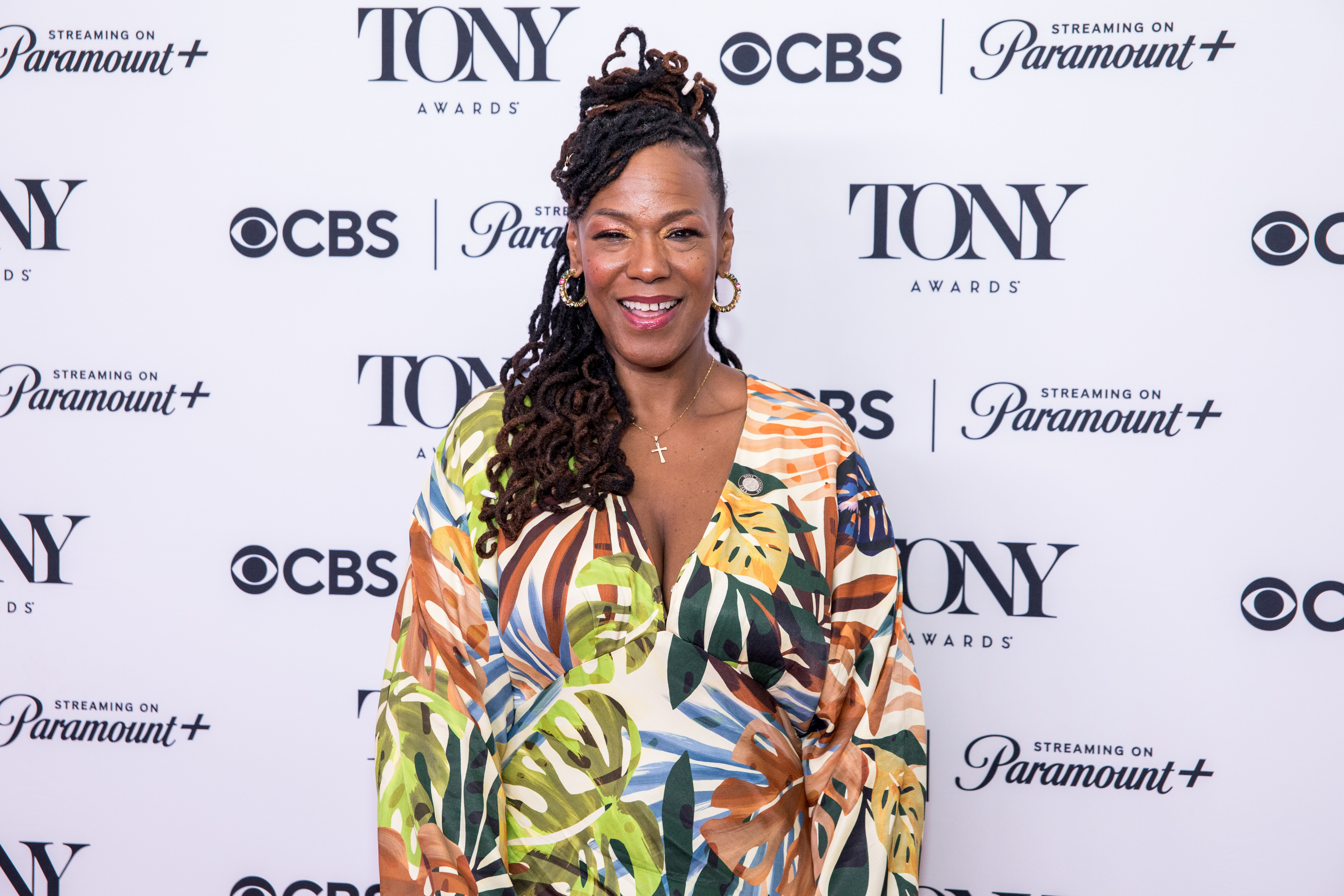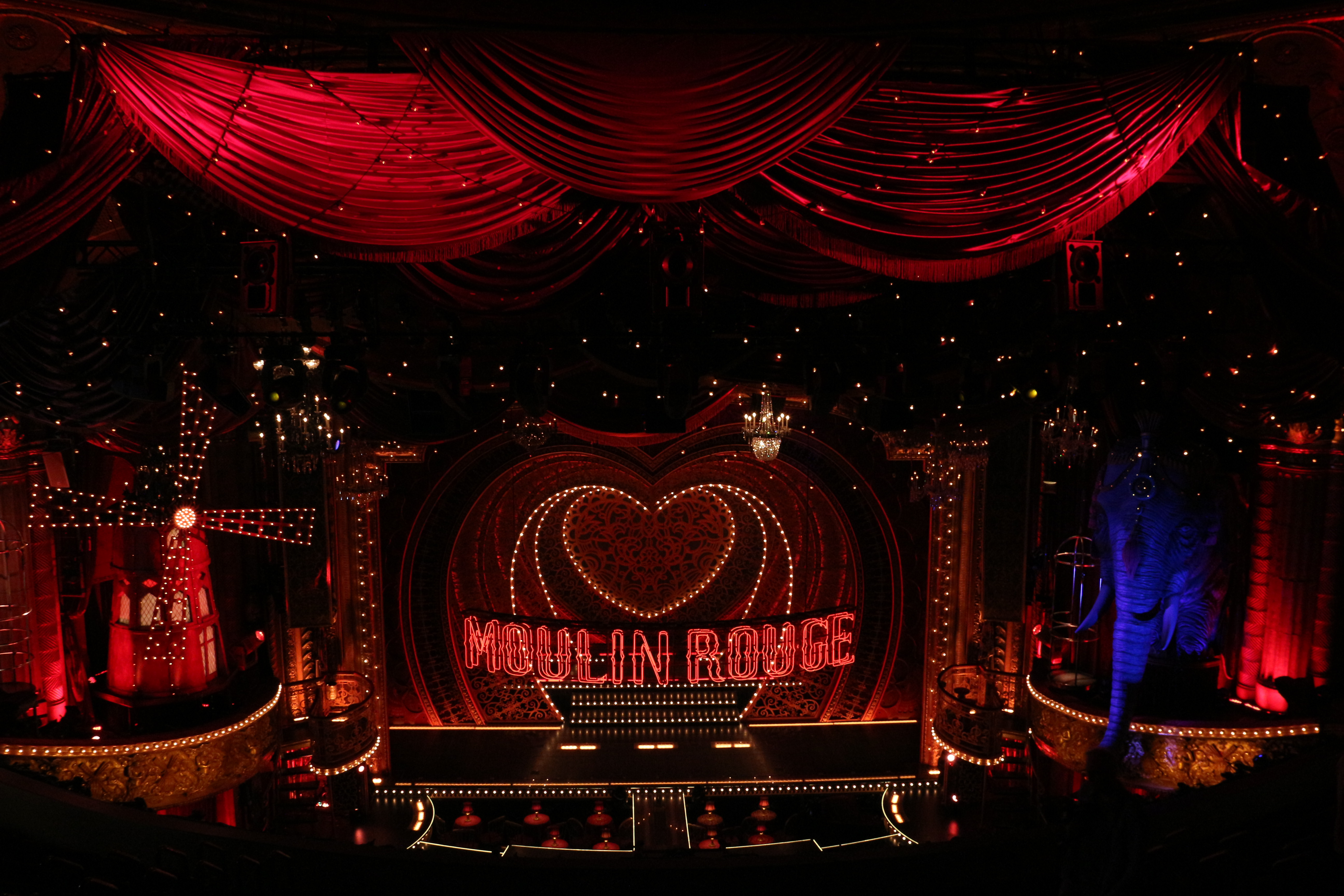Some Enchanted Evening?

From all reports, and based on the evidence of the cast album and a few precious film and video clips, the original Broadway production of South Pacific was magnificent. With music by Richard Rodgers, lyrics by Oscar Hammerstein II, and a book by Hammerstein and Joshua Logan based on James Michener’s novel Tales of the South Pacific, the show starred Broadway favorite Mary Martin and opera great Ezio Pinza at the head of an excellent cast, directed by Logan. Winner of 10 Tony Awards as well as the Pulitzer Prize for Drama, it ran for a total of 1,925 performances — this at a time when the average Broadway hit ran less than half that long. (Rodgers & Hammerstein’s Oklahoma! was an exception.)
Sadly, most subsequent stage and screen productions of South Pacific have failed to do the material justice — e.g., the 1958 Hollywood film version with Mitzi Gaynor and Rossano Brazzi, badly misdirected by Logan; the equally awful 2001 TV movie, starring a superannuated Glenn Close as the young Ensign Nellie Forbush; Anne Bogart’s deconstruction of the show at NYU in the early 1980s, with the action reset in the mental ward of a military hospital and all of the principal roles played simultaneously by four or five different actors; and the recent U.S. national tour of the show, marred by the stiff performance of the elderly Robert Goulet as Emile de Becque.
The most recent recording of South Pacific, from Decca Broadway, is the aural document of a concert presentation that took place at Carnegie Hall on June 9, 2005. It starred Reba McEntire as Nellie, Brian Stokes Mitchell as Emile, and Alec Baldwin as Luther Billis, with Paul Gemignani conducting the Orchestra of St. Luke’s. The concert was videotaped for TV, and that program is scheduled to be aired by PBS on Wednesday, April 26. Between the telecast and the CD, you can judge for yourself whether this was the rapturous event it was purported to be or just one more unsatisfactory performance of a classic musical.
McEntire was widely lauded when she replaced Bernadette Peters in the Broadway revival of Annie Get Your Gun, though some say her performance was lacking in traditional musical theater style and know-how. At any rate, her role in that show was that of a rifle-toting, illiterate, uncivilized girl from the backwoods. In contrast, Nellie Forbush is a well-educated young lady from Little Rock, Arkansas; she does refer to herself as a “hick,” but this doesn’t justify McEntire’s singing and speaking the role with a thick-as-molasses country accent that makes the words “yellow,” “bellow,” and “Jell-O” sound like “YEH-uh-LO-OO,” “BEH-uh-LO-OO,” and “JEH-uh-LO-OO.” She also sings “thang” instead of “thing” and “cain’t” insted of “can’t,” suggesting that Ado Annie in Oklahoma! would be a much better R&H role for her. Even more problematic is the fact that McEntire frequently scoops up to notes rather than hitting them straight on; and she flubs some of the lyrics, even though she used a score for reference during the concert. To cite only one example, she makes hash of Hammerstein’s neat triple rhyme in the line “I’m bromidic and bright as a moon-happy night pouring light on the dew” by substituting the word “out” for “light.”
Equally dispiriting is the contribution of Stokes, as he prefers to be called, who keeps turning up in classic Broadway baritone roles for which he’s ill suited. The voice itself is impressive, but the singer tends to artificially darken it in an unsuccessful attempt to make himself sound like a legit operatic bass-baritone. Oddly, he skips the climactic note (E natural) in “Some Enchanted Evening” the first time through, taking the lower option (C natural); when he goes for the higher note in the first reprise, it becomes apparent that he eschewed it earlier because he can’t really sing it pianissimo. Also obtrusive are Stokes’s occasional jazz-pop vocal inflections, such as his annoying habit of sliding downward in pitch at the end of sustained tones. And, in de Becque’s dialogue, he adopts an unnatural accent that makes him sound not unlike a French robot. (Thumbs down for David Ives’s ham-handed concert adaptation of the show’s script.)
The other principal performers are a mixed bag. Jason Danieley possesses one of the finest voices among the current crop of Broadway tenors, but his rendition of Lt. Cable’s haunting ballad “Younger Than Springtime” is marred by a distinct lack of legato, and he can’t keep up with the extremely fast tempo set by Gemignani for “You’ve Got to Be Carefully Taught.” Alec Baldwin is amusing in Luther Billis’s dialogue and game in the character’s few musical moments. The best news about this recording is Lillias White’s wonderfully idiomatic performance as Bloody Mary, notable for her magical singing of “Bali H’ai” and her charming rendition of “Happy Talk.”
The CD does have a few other pleasures; the male chorus sings robustly, and the first track on the disc give us what may well be the best-ever complete recording of the show’s sweepingly romantic overture. But, overall, this performance only prompts one to ponder why yet another group of respected artists found it so difficult to get South Pacific right. It was recently announced that Lincoln Center Theater will present a new production of the show next season, and the cockeyed optimists among us can only hope that the company will succeed where so many others have failed.
********************

Even if you taped or TiVoed Liza With a “Z” when it was on Showtime a couple of weeks ago, you might want to buy the DVD. Among the bonus features to be found here are video clips of a recent, touching colloquy between megastar Liza Minnelli and John Kander, who composed many of the songs included in this 1972 TV special with his partner, the late Fred Ebb. Another extra is the musical number “Mein Herr” from Cabaret, cut from the film but reconstructed from a work print according to the written specifications of director-choreographer Bob Fosse. The audio portion of the DVD, remixed from the original multi-track master tapes, sounds “truly terrific” (as Liza herself would say). The package even includes a remastered CD version of the soundtrack album, which sounds great except for one surprising flaw. (See below.)
Restored by Michael Arick, the 16-mm film of the concert — shot and edited by Fosse — does look a little fuzzy and grainy in certain sections. One has to wonder why the director didn’t opt for 35-mm, but perhaps he felt that the larger cameras required would have been obtrusive during filming of the concert at Broadway’s Lyceum Theatre, especially since he took pains to capture the performance from every conceivable angle.
Liza With a “Z” is invaluable in allowing us to see and hear the star performing before a live audience at the height of her powers. Yes, some of the production numbers were lip-synched by the star and her backup dancers — none of whom are credited, by the way. But Liza is clearly singing live in the opening sequence of the concert (“Yes,” “God Bless the Child,” “Liza With a ‘Z,’ ” “It Was a Good Time”), in the solos “You’ve Let Yourself Go” and “My Mammy,” and throughout the Cabaret medley that ends the performance. Listeners with really good ears will notice that the takes of several songs on the video are different from those on the CD. According to John Fricke’s notes in the booklet accompanying the Columbia/Sony/BMG edition of the CD, some of the concert had to be refilmed because there was “a hair on the main camera.” The CD represents all of the songs as performed during the show, while the DVD has the retakes.
Now, about the aforementioned flaw in the CD: It’s missing the very first note of the concert as played by the orchestra, i.e., the initial downbeat of the musical phrase “What good is sitting alone in your room?” in the title song from Cabaret. This applies to both the CD that comes in the Showtime video package and the Columbia/Sony/BMG edition. When I called Sony to report the problem a few weeks ago, they said it was the first they’d heard of it (!) but promised that it would be corrected before more copies were made. So, if you get a bum copy of the CD, you can send it in for replacement — unless you want to keep it as a collector’s item!
The restoration and home video release of Liza With a “Z” has engendered well-deserved praise from many quarters but also some borderline idiotic commentary by one or two critics who chose to offer facile pop-psychological analyses of Liza rather than to review the DVD. Make no mistake: This is one of the greatest musical TV specials ever seen, starring a woman so prodigiously talented that she somehow managed to withstand the mind-boggling pressure of being Judy Garland’s daughter and forge a major show business career for herself. Brava to her.
********************

Patti LuPone’s new CD on the Ghostlight Records label is sure to thrill her fans, and it may also please some folks who have thus far resisted the art of this irreplaceable singing actress. LuPone’s vocal mannerisms, which some of us love but others don’t, are under full control here; the oft-heard criticism of her diction simply doesn’t apply; her interpretations of 14 fabulous songs are supremely effective in a low-key, unfussy way; and that unique voice of hers is rich and expressive as always.
Titled The Lady With the Torch, the disc is full of ballads about love unrequited, love lost, and love not yet found. It begins with the Gershwins’ exemplary “The Man I Love” and continues with the Jule Styne-Sammy Cahn standard “Guess I’ll Hang My Tears Out to Dry.” LuPone’s rendition of “Do It Again” (George Gerhswin-B.G. DeSylva) rivals Marilyn Monroe’s for sexiness, and her take on “So in Love” from Cole Porter’s Kiss Me, Kate gives us a tantalizing taste of a proposed theatrical project that never came to fruition. (Several years back, there was talk of LuPone playing opposite her old Juilliard schoolmate and one-time boyfriend Kevin Kline in a Public Theater production of Kiss Me, Kate at the Delacorte in Central Park. Wouldn’t that have been something!)
Among the CD’s other highlights are LuPone’s performances of Billy Barnes’s “Something Cool” and the Willard Robinson-Larry Conley tearjerker “A Cottage for Sale,” two songs that require great acting as well as great singing. The emotional apex of the recording is her heartfelt rendition of “My Buddy” (Walter Donaldson-Gus Kahn), lovingly dedicated — as is the entire album — to her longtime musical director-pianist Dick Gallagher, who died last year.
Throughout, the diva is backed by a terrific nine-piece band, led by Chris Fenwick and playing impeccable orchestrations by Jonathan Tunick. As if the content of the CD itself weren’t good enough reason to purchase it, note that the accompanying booklet contains gorgeously artistic photos of LuPone that were taken by Marc Yankus at the beloved theater district hangout McHale’s not long before its recent closing. This was just the kind of old-time bar/restaurant where one could picture a woman sitting alone at a back table, sipping “something cool” while lamenting the end of a romance. McHale’s is gone now, but long live Patti LuPone!





